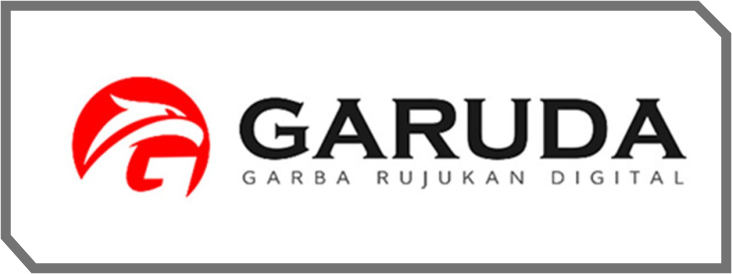Analisis Prosedur Pembersihan Ruang Muat (Tank Cleaning) di Kapal SPOB. Seroja Ii
Keywords:
Cargo Loading, Loading Room Cleaning, Tank CleaningAbstract
The risk of delays in cleaning the loading cargo on the SPOB SEROJA II ship can interfere with the smooth cargo loading process. During the Sea Practice on this ship, it was found that improper cleaning of the loading room caused toxic gas levels to remain high, resulting in delays and work accidents. This study uses a qualitative method with an inductive approach, involving observation, interviews, and documentation to analyze a good loading room cleaning process to support the smooth loading of cargo, as well as identify obstacles that cause delays. The results of the study show that the cleaning of the loading room can be done well if planned and carried out with the correct procedures, and supported by the proper division of tasks among the crew. However, ship crews often neglect work procedures and safety, such as not checking oxygen levels, not preparing equipment properly, and not using Personal Protective Equipment (PPE) properly, which contribute to safety issues and delays.
References
Abdussaman, Z. (2021). Metode penelitian kualitatif: Observasi, wawancara, dan dokumentasi. Pustaka Pelajar.
Darmawan, R. A. (2019). Penanganan cleaning tanki muatan untuk memperlancar bongkar muat premium ke solar di kapal MT. DEWI SRI. [Unpublished thesis].
Gianto, dkk. (2013). Pemuatan barang di atas kapal. Penerbit Z.
Gianto, E., et al. (2013). Manajemen dan pengoperasian kapal. Jakarta: Penerbit XYZ.
Gianto, S., Rizki, M., & Wijaya, A. (2013). Effective cargo loading procedures on oil tankers. Journal of Maritime Operations, 12(2), 25-35.
Harryadi, B. (2014). Self Propelled Oil Barge (SPOB) operations and design.
International Chamber of Shipping. (2020). International safety guide for oil tankers and terminals (ISGOTT) (6th ed.). Witherby Publishing Group Ltd.
International Maritime Organization. (2016). SOLAS (Safety of Life at Sea) Convention. IMO Publishing.
International Maritime Organization. (2022). International safety guide for oil tankers and terminals (ISGOTT). IMO.
Irwanto, M. R. (2020). Implementasi prosedur tank cleaning guna kapal siap muat tepat waktu di MT. Tirtasari. [Unpublished thesis]
Kamus Besar Bahasa Indonesia. (2022). KBBI daring. Badan Pengembangan dan Pembinaan Bahasa, Kementerian Pendidikan dan Kebudayaan Republik Indonesia. Retrieved from https://kbbi.kemdikbud.go.id/
Lupita, R. (2018). Cargo loading procedures and safety measures. Marine Insight Publications.
Nugraha, W. A. (2020). Procedures and safety measures for confined space entry on ships. Oceanic Press.
OSHA. (2018). Confined space entry: Safety and health regulations. Occupational Safety and Health Administration.
Prayoga, E., & Aryawan, B. (2016). Introduction to Self Propelled Oil Barges (SPOB). Maritime Studies Journal, 24(1), 10-22.
PT. Pelindo II. (2018). Kapal dan muatan: Panduan operasional. Pelindo II Publishing.
PT. USDA SEROJA JAYA. (2024). Keterangan mengenai pembersihan ruang muat kapal SPOB SEROJA II.
Purba, A. (2018). Pengaturan penimbunan dan pemadatan muatan kapal. Penerbit ABC.
Rahmat, S. (2023). Optimalisasi proses bongkar muat untuk kelancaran operasional di kapal MT. WANXING. [Unpublished thesis].
Shipping and Transport Journal, 19(2), 45-56.
Smith, J., & Brown, R. (2018). Improving efficiency in tank cleaning operations on chemical tankers. Journal of Maritime Research, 15(2), 45-60.
Sudjatmiko, I. (2014). Dasar-dasar pemuatan dan pembongkaran barang. Penerbit DEF.
Sudjatmiko. (2014). Pemuatan dan pembongkaran barang dari kapal. Penerbit Y. Sugiyono. (2018). Metode penelitian kuantitatif, kualitatif, dan R&D. Alfabeta.
Undang-undang No. 17 Tahun 2008. (2008). Pelayaran. Sekretariat Negara Republik Indonesia.










